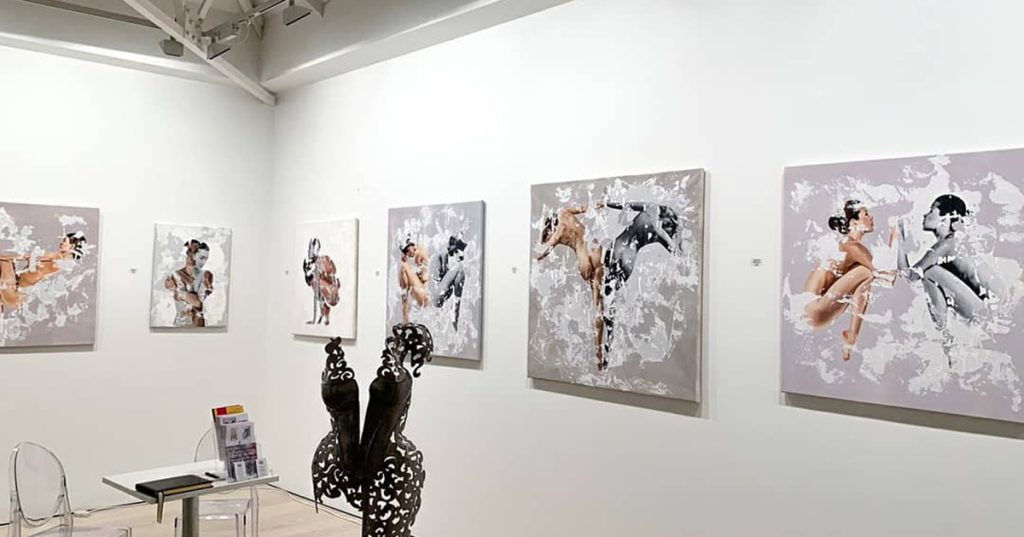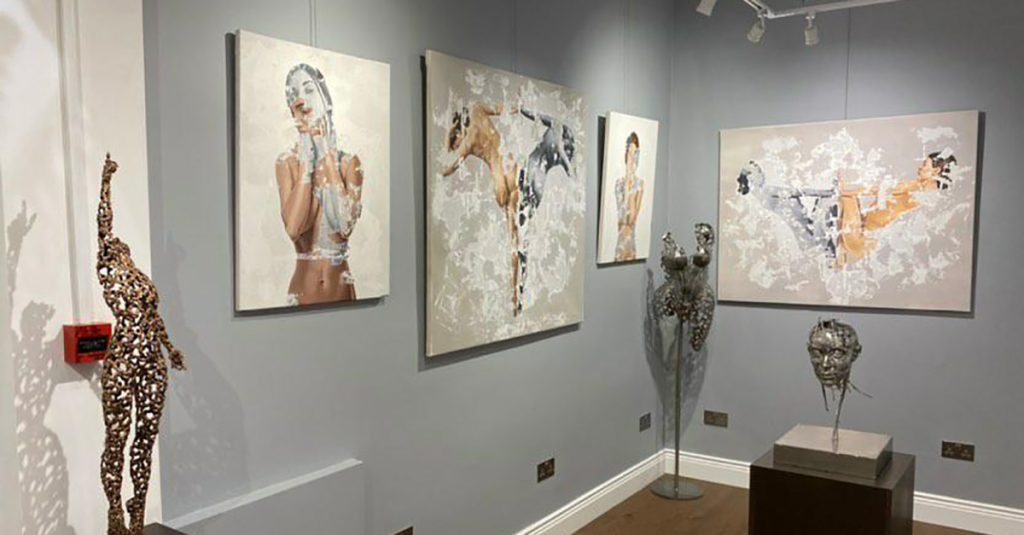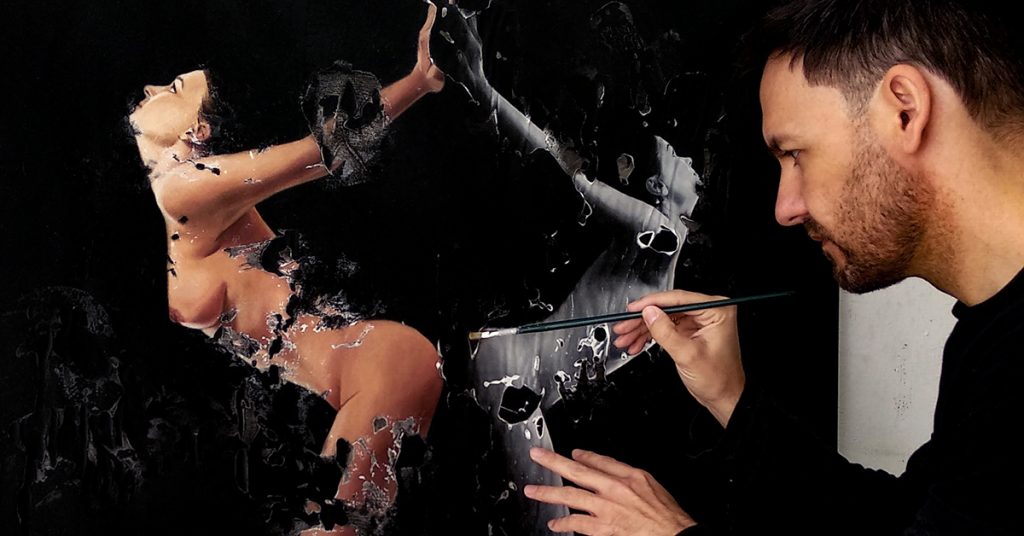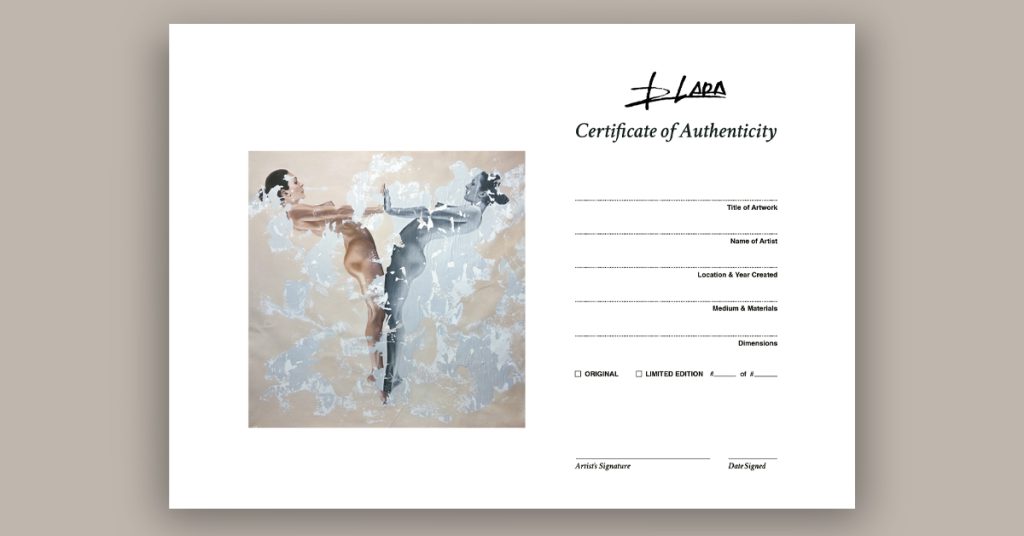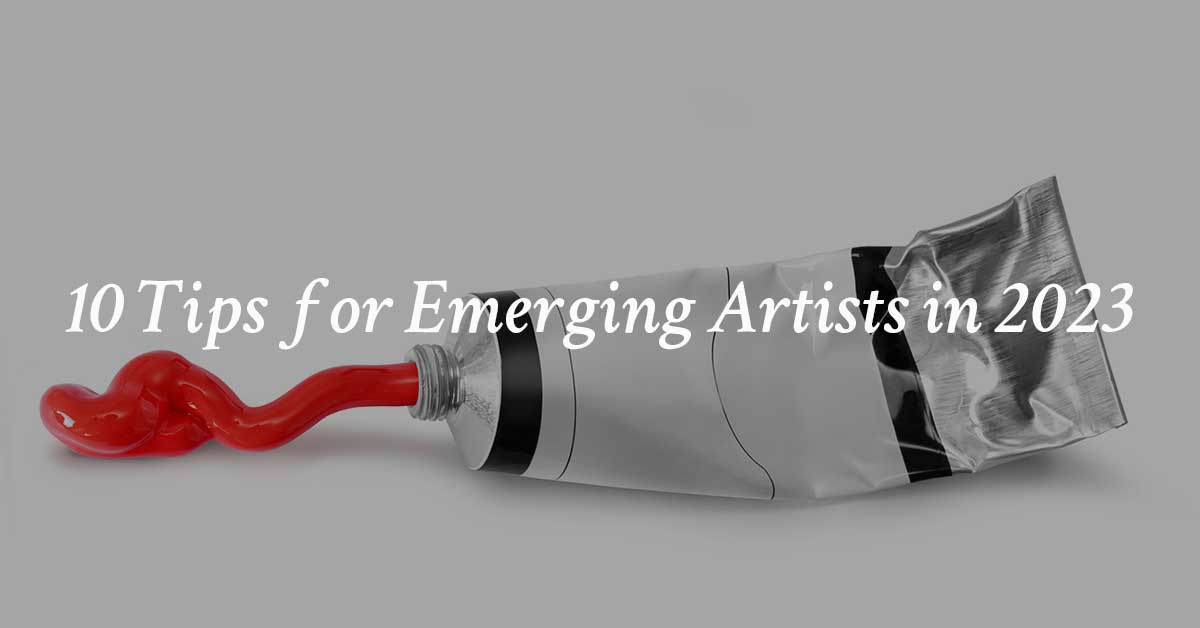
Introduction
As an emerging artist in 2023, the competition is fierce, and the industry is constantly evolving. To stand out, you need to be equipped with the right tools and strategies to succeed. In this article you will iscover 10 essential tips for emerging artists to navigate the art world and achieve your goals.
1. Build Your Brand Identity
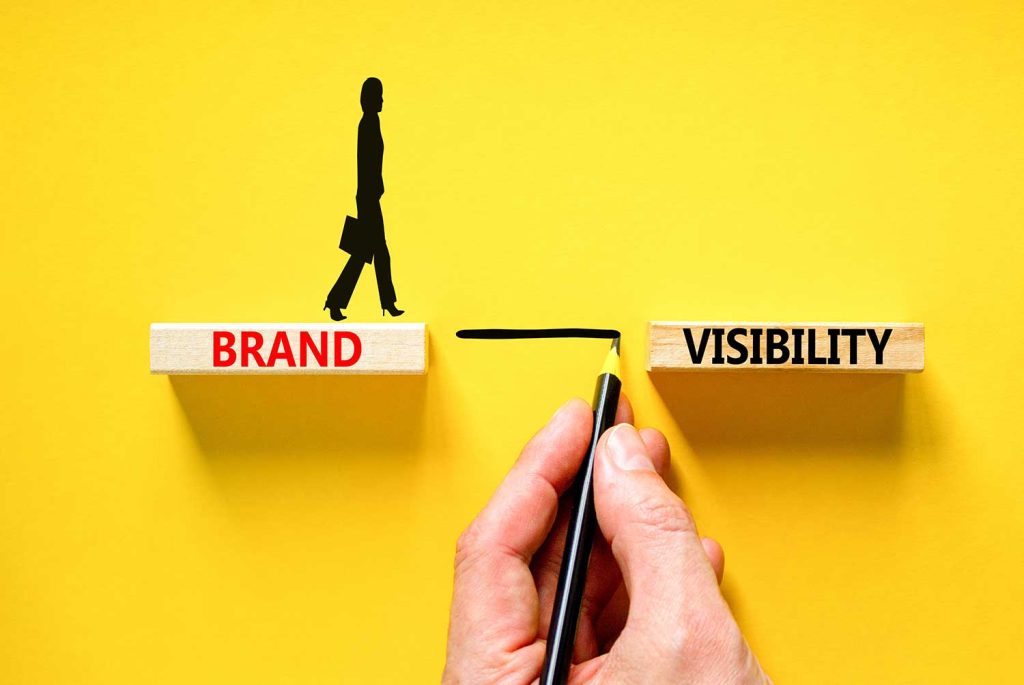
As an artist, your brand identity is crucial to your success. Take the time to develop your unique style and create a cohesive brand that represents you and your work. This can include a website, social media accounts, business cards, and other promotional materials that showcase your style and aesthetic.
Define Your Target Audience
When building your brand identity, it’s important to define your target audience. This will help you tailor your branding and marketing efforts to reach the right people. Consider factors such as age, gender, interests, and buying behavior when defining your audience.
For example, if your target audience is young adults interested in contemporary art, you might create a brand identity that reflects a modern and edgy style. You might also focus your marketing efforts on social media platforms like Instagram and TikTok, where this audience is most active.
Consistency is Key
Consistency is essential when building your brand identity as an artist. Your branding should be consistent across all platforms, including your website, social media accounts, and promotional materials. This helps to create a cohesive image and makes it easier for people to recognize and remember your work.
When developing your brand identity, consider elements like color schemes, typography, and imagery. Use these consistently across all platforms to create a recognizable and memorable brand. This will help you stand out in a crowded market and increase your chances of success as an emerging artist.
2. Network with Other Artists

Networking is essential in the art world. Attend exhibitions, art fairs, and other events to meet other artists and industry professionals. Joining artist groups or organizations can also provide valuable connections and opportunities for collaborations.
Utilize Online Networking Opportunities
In addition to attending in-person events, it’s important to take advantage of online networking opportunities as an emerging artist. Social media platforms like Instagram, Twitter, and LinkedIn can be valuable tools for connecting with other artists and industry professionals.
Follow other artists and industry leaders in your field, engage with their content, and participate in online discussions. This can help you build relationships with other artists, gain exposure for your work, and potentially even land new opportunities.
Be Genuine and Authentic in Your Networking Efforts
When networking as an emerging artist, it’s important to be genuine and authentic in your approach. Don’t just focus on promoting yourself or trying to land new opportunities. Take the time to get to know other artists and industry professionals, and show a genuine interest in their work and experiences.
Building meaningful connections and relationships takes time and effort, but it can pay off in the long run. People are more likely to support and promote your work if they feel a genuine connection to you and your art. So be yourself, show a sincere interest in others, and let your personality and passion shine through in your networking efforts.
3. Embrace Social Media

Social media is a powerful tool for artists to showcase their work, gain exposure, and connect with fans and potential buyers. Use platforms like Instagram, TikTok, and Pinterest to promote your art and engage with your audience. Be consistent in your posting and use hashtags to increase your reach.

Leverage Instagram for Visual Storytelling
Instagram is a highly visual platform and is ideal for artists looking to showcase their work. Create an account dedicated to your art and share high-quality photos and videos of your work in progress, completed pieces, and behind-the-scenes glimpses into your creative process.
Use Instagram’s various features, such as stories and reels, to share more personal and interactive content. For example, you could share a time-lapse video of your creative process or take your followers on a virtual studio tour. Use relevant hashtags to increase your reach and engage with your followers by responding to comments and direct messages.
Utilize TikTok to Showcase Your Creativity
TikTok is a popular social media platform that allows users to create and share short-form videos. As an artist, you can use TikTok to showcase your creativity in unique and engaging ways.
Create videos that show your creative process, provide tips and tricks, or share your thoughts on art-related topics. TikTok’s algorithm can help your content reach a wider audience, so it’s important to use relevant hashtags and engage with your followers by responding to comments and participating in trends and challenges.


Use Pinterest to Drive Traffic to Your Website
Pinterest is a highly visual platform that allows users to save and share images and links. As an artist, you can use Pinterest to drive traffic to your website and showcase your work to a wider audience.
Create boards that showcase your work and curate content that’s relevant to your style and aesthetic. Include links to your website and other social media accounts in your pins and use keywords and hashtags to increase your visibility in search results. Pinterest can be a powerful tool for driving traffic to your website and increasing your overall online presence.
4. Stay Up-to-Date with Trends

The art world is always changing, and staying up-to-date with current trends is essential for success. Follow art blogs, attend exhibitions, and subscribe to industry newsletters to stay informed on the latest news and trends in the art world.
Attend Art Fairs and Shows
Attending art fairs and exhibitions is a great way to stay up-to-date with current trends and gain inspiration for your own work. Not only will you have the opportunity to see the latest work from established artists, but you’ll also be able to see emerging artists like yourself and gain insight into new techniques and styles.
Follow Influential Artists on Social Media
Social media platforms like Instagram and Twitter are great tools for staying up-to-date with current trends in the art world. Follow influential artists and art critics on these platforms to see what’s happening in the industry and gain inspiration for your own work.
Keep an Eye on Galleries and Museums
Galleries and museums are constantly changing their exhibitions and showcasing new and exciting artists. Keep an eye on their websites and social media accounts to stay informed on the latest exhibitions and emerging artists. This can also be a great way to network with industry professionals and potentially gain exposure for your own work.
Join Online Art Communities
Joining online art communities, such as forums or Facebook groups, is another great way to stay up-to-date with trends and connect with other artists. These communities can provide valuable feedback on your work and give you the opportunity to learn from other artists’ experiences. They can also be a great source of information on upcoming events, exhibitions, and other opportunities in the art world.
5. Take Advantage of Technology

Technology has revolutionized the art world, and emerging artists should take advantage of the latest tools and software available. This includes digital art software, online marketplaces, and virtual exhibitions.
Explore Digital Art Software
Digital art software has opened up a whole new world of possibilities for artists, allowing them to create stunning works of art using only their computer and a drawing tablet. There are many different software options available, from industry standards like Adobe Photoshop and Illustrator to free and open-source alternatives like GIMP and Krita. Take the time to explore different options and find the one that works best for you and your artistic style.
Sell Your Art Online
Online marketplaces like Saatchiart, Singulart and Redbubble provide emerging artists with a platform to sell their work directly to buyers all over the world. These marketplaces handle the logistics of printing and shipping your work, leaving you free to focus on creating more art. Additionally, social media platforms like Instagram and Facebook provide a way for artists to promote and sell their work directly to their followers.
Participate in Virtual Exhibitions
Virtual exhibitions have become increasingly popular in recent years, especially in the wake of the COVID-19 pandemic. These exhibitions allow artists to showcase their work in a digital space, opening up opportunities for exposure and networking with industry professionals from all over the world. Keep an eye out for virtual exhibition opportunities and consider submitting your work to be included.
6. Attend Workshops and Classes
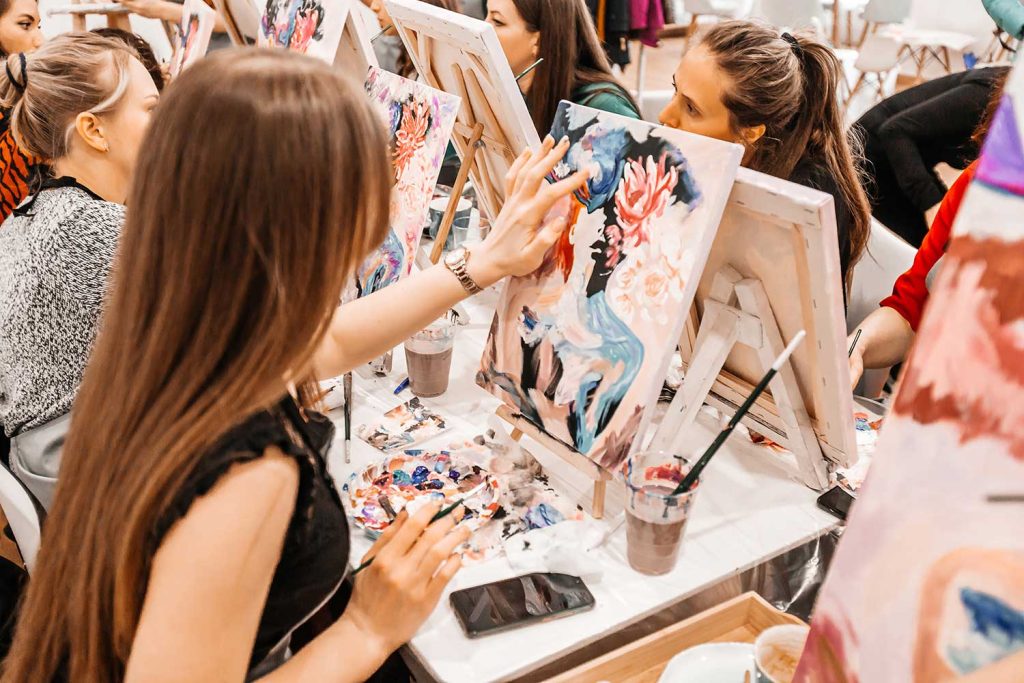
Continuing education is essential for artists to grow and improve their skills. Attend workshops and classes to learn new techniques and gain valuable insights from experienced artists and industry professionals.
Network with Other Artists and Industry Professionals
Workshops and classes provide a great opportunity for artists to connect with other like-minded individuals and industry professionals. These connections can lead to collaborations, mentorships, and even job opportunities in the future. Be sure to engage with your fellow students and instructors, exchange contact information, and follow up with any potential leads after the class is over.
Learn New Techniques and Styles
Taking classes and workshops can expose you to new techniques and styles that you may not have encountered before. This can help you expand your artistic repertoire and challenge yourself to grow as an artist. Don’t be afraid to step out of your comfort zone and try something new, you never know where it might take you.
Get Feedback on Your Work
Many workshops and classes include opportunities for critique and feedback on your work from instructors and other students. This can be incredibly valuable in helping you identify areas where you can improve and refine your skills. specially for emerging artists is important to be open to constructive criticism and take it as an opportunity to grow and learn.
Stay Inspired and Motivated
Attending workshops and classes can be a great way to stay inspired and motivated in your artistic practice. Surrounding yourself with other artists and immersing yourself in the creative process can reignite your passion for your craft and help you stay focused on your goals.
7. Seek Professional Advice

Receiving feedback and professional advice is an essential part of an artist’s growth and development. Art consultants and gallery owners can provide valuable insights into the art industry and help emerging artists navigate the competitive landscape. They can provide guidance on pricing, marketing, and promoting your work to the right audience.
It’s important to seek advice from professionals who have experience in your specific niche or artistic style. This can help ensure that you receive tailored advice that is relevant to your goals and aspirations as an artist. You can find art consultants and gallery owners by attending exhibitions, networking events, or by reaching out to them directly through email or social media.
When seeking professional advice, it’s important to be open to constructive criticism and be willing to make changes to your approach or work. Remember that feedback is not a reflection of your worth as an artist, but rather an opportunity for growth and improvement.
By seeking advice from industry professionals, you can gain valuable insights and guidance that can help you succeed as an emerging artist. So, don’t be afraid to ask for help and seek feedback on your work.
8. Be Business-Minded

To succeed as an artist, you need to have a business mindset. Here are some ways to approach the business side of your art career:
Manage Your Finances
As an artist, managing your finances is crucial. Keep track of your expenses and income, and set a budget for yourself. Consider hiring an accountant or financial advisor to help you manage your finances and taxes.
Market Your Work
Marketing is essential for artists to gain exposure and attract buyers. Create a marketing plan that includes social media, email marketing, and other promotional strategies. Consider hiring a marketing professional or consultant to help you create and implement a marketing plan.
Negotiate Deals
Negotiation skills are important for artists to secure deals and contracts. Learn how to negotiate effectively, and don’t be afraid to ask for what you’re worth. Consider hiring a lawyer or agent to help you negotiate deals and contracts.
Remember, being business-minded doesn’t mean sacrificing your artistic vision. By taking care of the business side of your career, you can free up more time and energy to focus on creating your best work.
9. Be Persistent

The art world can be tough, and rejection is inevitable. However, persistence is key to success. Keep creating and promoting your work, and don’t be discouraged by setbacks. Remember that every artist has faced rejection at some point in their career.
Set Realistic Goals
Setting realistic goals is crucial to staying persistent and motivated. Break down your larger goals into smaller, achievable ones, and track your progress along the way. This will help you stay on track and celebrate your successes, no matter how small.
Find a Support System
Having a support system is essential for emerging artists, especially during times of rejection or creative blocks. This can include fellow artists, friends, family, or even a therapist. Find people who understand your passion and can offer encouragement and support when you need it.
Embrace Failure as a Learning Opportunity
Rejection and failure are inevitable in the art world, but they can also be valuable learning opportunities. Embrace failure as a chance to learn and grow, and use it as motivation to improve your skills and approach. Don’t let it discourage you or make you give up on your dreams.
10. Stay True to Yourself
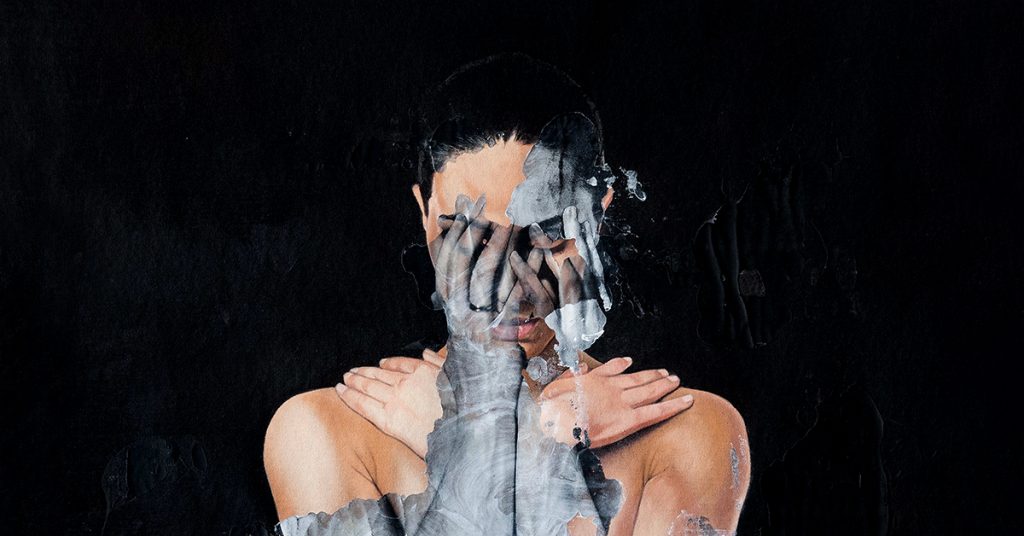
Lastly, it’s essential to stay true to yourself as an artist. Don’t compromise your artistic vision for the sake of success. Create work that speaks to you and reflects your unique style and perspective.
Define Your Artistic Identity
Before you can stay true to yourself, you need to define your artistic identity. Spend time reflecting on your values, inspirations, and creative style. Consider what makes your work unique and how you want to be perceived as an artist.
Don’t Compare Yourself to Others
It’s natural to compare yourself to other artists, but it can also be detrimental to your creative process. Remember that everyone has their own journey and artistic style. Focus on your own growth and development, rather than comparing yourself to others.
Embrace Criticism
Criticism can be difficult to hear, but it’s an essential part of growing for emerging artists. Learn to embrace feedback and use it to improve your work. Seek constructive criticism from trusted sources, such as art mentors or peers, and use it to push yourself further in your artistic journey.
Conclusion
In conclusion, the art world can be challenging for emerging artists. However, with the right tools, strategies, and mindset, you can achieve success and build a thriving career. Remember to stay true to yourself, network with other artists, and embrace technology and current trends.
FAQs
Q: How important is branding for artists?
A: Branding is crucial for artists to stand out and showcase their unique style and aesthetic.
Q: How can artists network with other professionals in the industry?
A: Attend events, join artist groups or organizations, and connect with others on social media to build connections and collaborations.
Q: What are some popular social media platforms for artists?
A: Instagram, TikTok, and Pinterest are popular platforms for artists to showcase their work and engage with their audience

